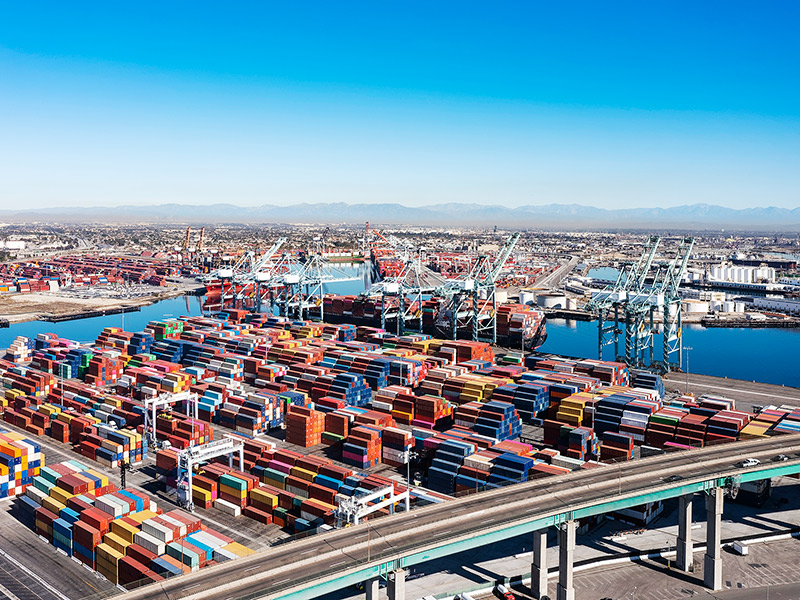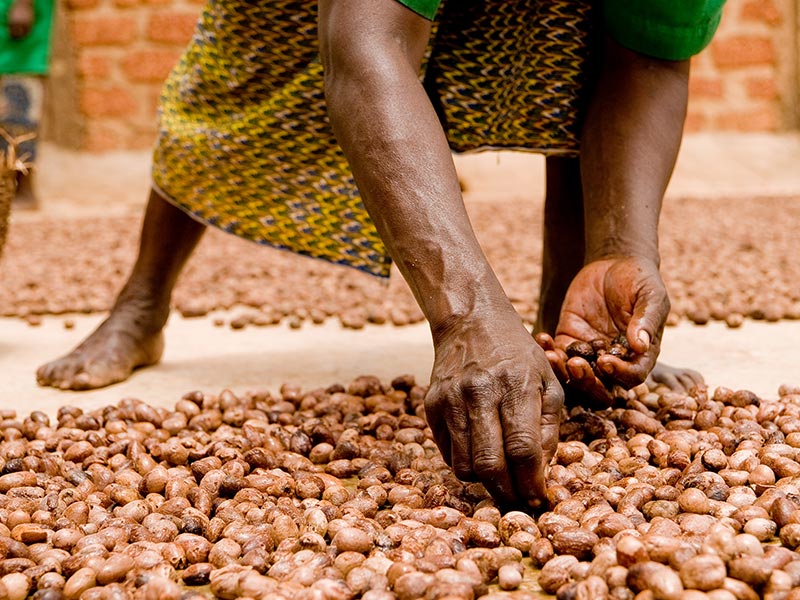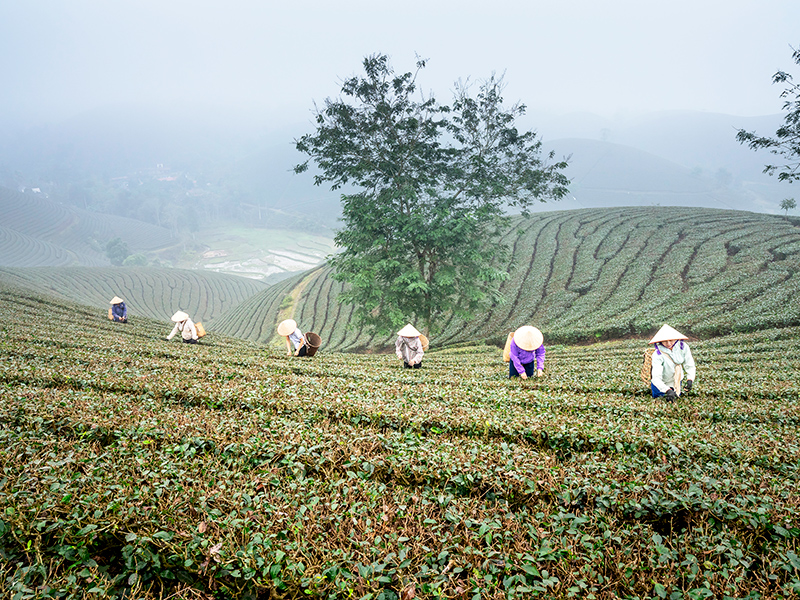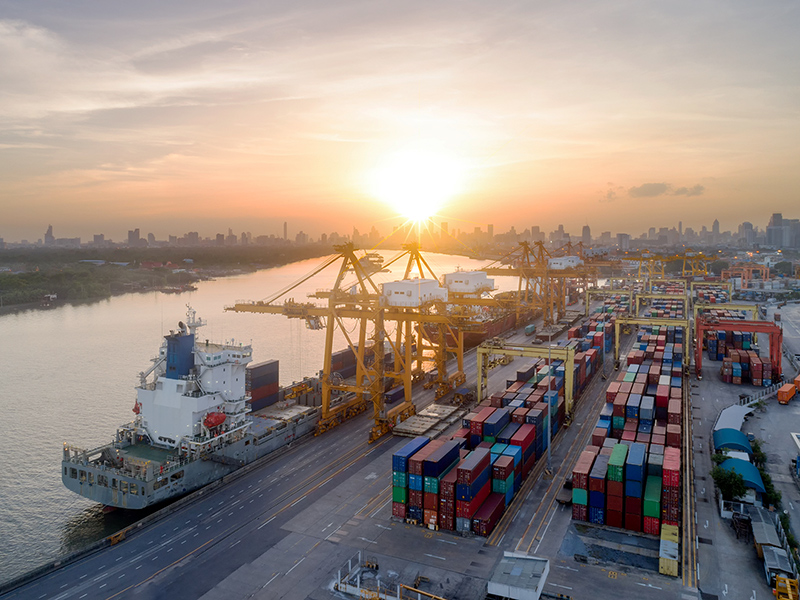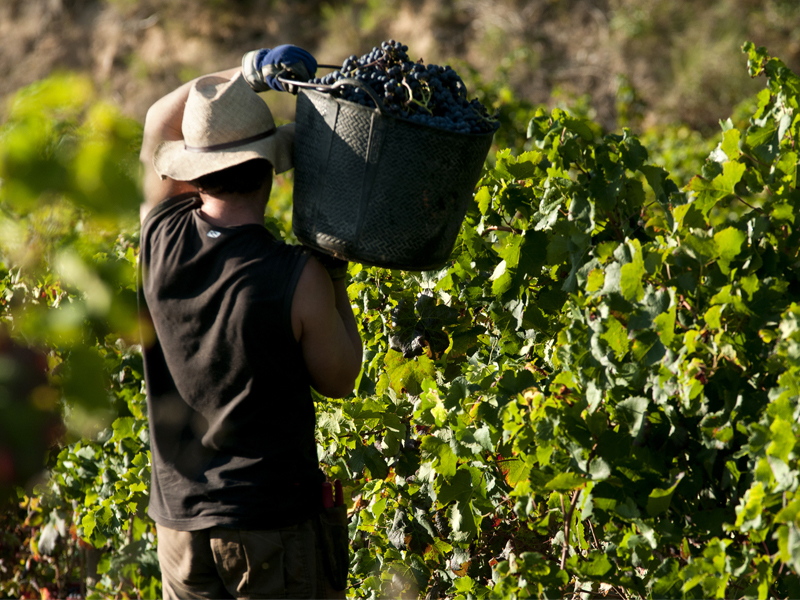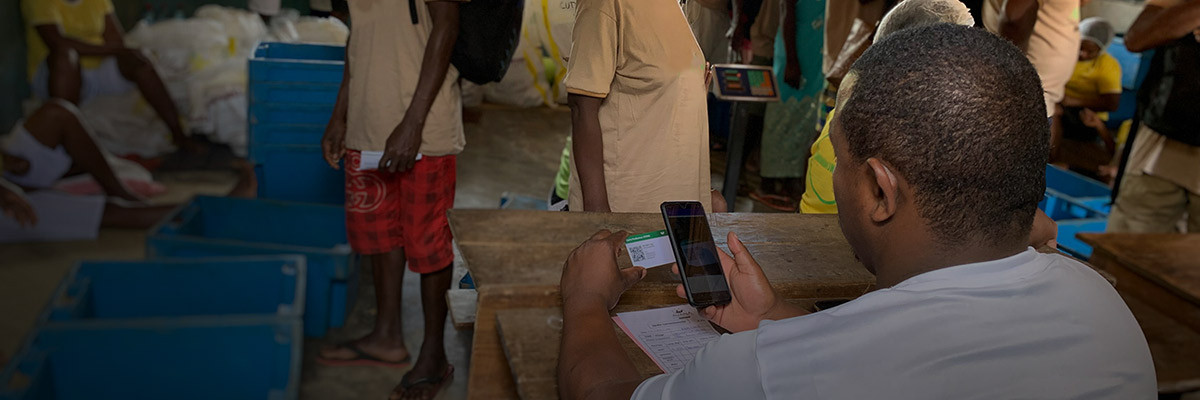
Authors
-
Tara Norton
Former Managing Director, BSR
This blog is the second in a series where BSR and Envisible document their project to support a global brand and its supply chain partners to establish a blockchain-enabled traceable supply chain that delivers sustainability benefits to all the actors in the supply chain. It follows up on this blog, originally published in July 2019.
In the green hills of a small village, a group of about 300 farmers and members of a smallholder co-op are gathered around a converted schoolhouse, waiting.
Inside the building, a team from the cooperative is managing a well-organized crop sale as farmers file in one by one to participate in the sale process: presenting their product, having it graded and sorted, weighing it, and agreeing to the price. Finally, they are issued a paper bill to show what they are owed, and then they watch as the cooperative team enter the details on an Excel spreadsheet.
Our team (BSR and Envisible) was there to digitize and simplify this last step—collecting data electronically—with the hope of building upon the trust-based relationship that already exists between the co-op and the farmers and then enabling this data to be shared downstream to the rest of the supply chain, ultimately a global corporation and its consumers.
“Card,” Léon said to the farmer standing before him. Léon is a member of the co-op team responsible for ensuring that the weight, quality, and price data are correct and accurately recorded at the last step of the process before the farmers are paid.
The farmer reached into his bag and pulled out a newly issued membership card that identified him as a card-carrying member of the cooperative. Léon scanned the QR code on the card with his mobile phone, prepopulating a Wholechain digital record with key information about the farmer, coop, and location, and then added the agreed weight of the product sold. Finally, he clicked “send” to electronically send the record to the trader. Léon looked up, pleased.
“We’ve done 200.”

Léon was amazed that the app worked on the limited connectivity of the mobile network in the village (just above 2G) in the jungle. And he liked it significantly better than the manual data entry that he was used to.
At the end of a long day, 227 records of farmer transactions were saved on the blockchain, all reinforcing the facts: 227 farmers had shown up that day in that village and had sold hundreds of kilos of a critical agricultural commodity to their cooperative. These transactions, now immutable records on the blockchain, would form the foundation of a traceable chain of custody, forever linking these farmers to the global supply chain and ultimately the products sold far away from the quiet villages.
The foundation of this traceable supply chain is now in place, and the next steps over the coming months will be critical to completing the picture. Digitization and blockchain alone do not improve farmers’ lives; traceability is not equal to sustainability. What they do is provide a gateway—an immutable view into the specific community providing the raw material, altering how we think about raw material supply chains. Involving smallholder farmers directly in a traceability system is a powerful way to lay the groundwork to ensure that sustainability requirements are aligned to the needs of this key community since every transaction ultimately links back to them as the source.
The traceability system needs to make sense for and provide value to the farmers at the source. We left the village and the sale not only with digitized records on the blockchain, but with the following lessons that are critical for success when digital tools are introduced into supply chains such as this one:
- Simplicity is critical. During the sale, the team members were doing multiple tasks at once that demanded their attention. The system needs to be simple, easy to use, and work in challenging network environments.
- Digital tools must fit into existing systems. Rather than creating new processes, applications must enhance and reinforce existing ones. In the case of this sale, Wholechain only served to simplify an existing system.
- Digitization can enhance trust, but certainly not replace it. What we saw that day in the village was a great reminder that blockchain does not create trust. Blockchain is not “trustless” either. Blockchain enhances and builds on trust that is already there.
There is no denying that digitization can provide value to players way upstream: the farmers and cooperative appreciated the enhancements and are looking forward to more. Technology and digitization was seen as a reward for good practice and hard work between the farmers and the buyer. The connection has been established between the brand and the farmers at the source of a critical raw material. Let’s see what we can build from here.

Topics
Let’s talk about how BSR can help you to transform your business and achieve your sustainability goals.
